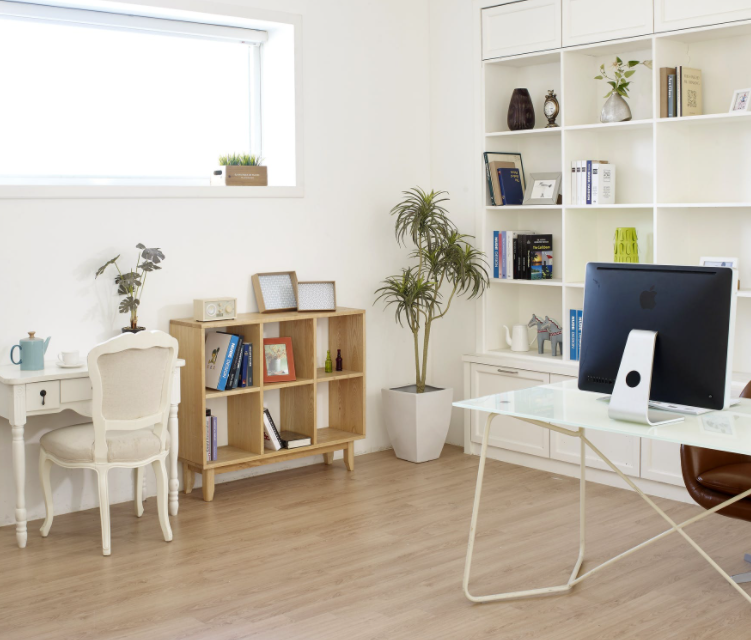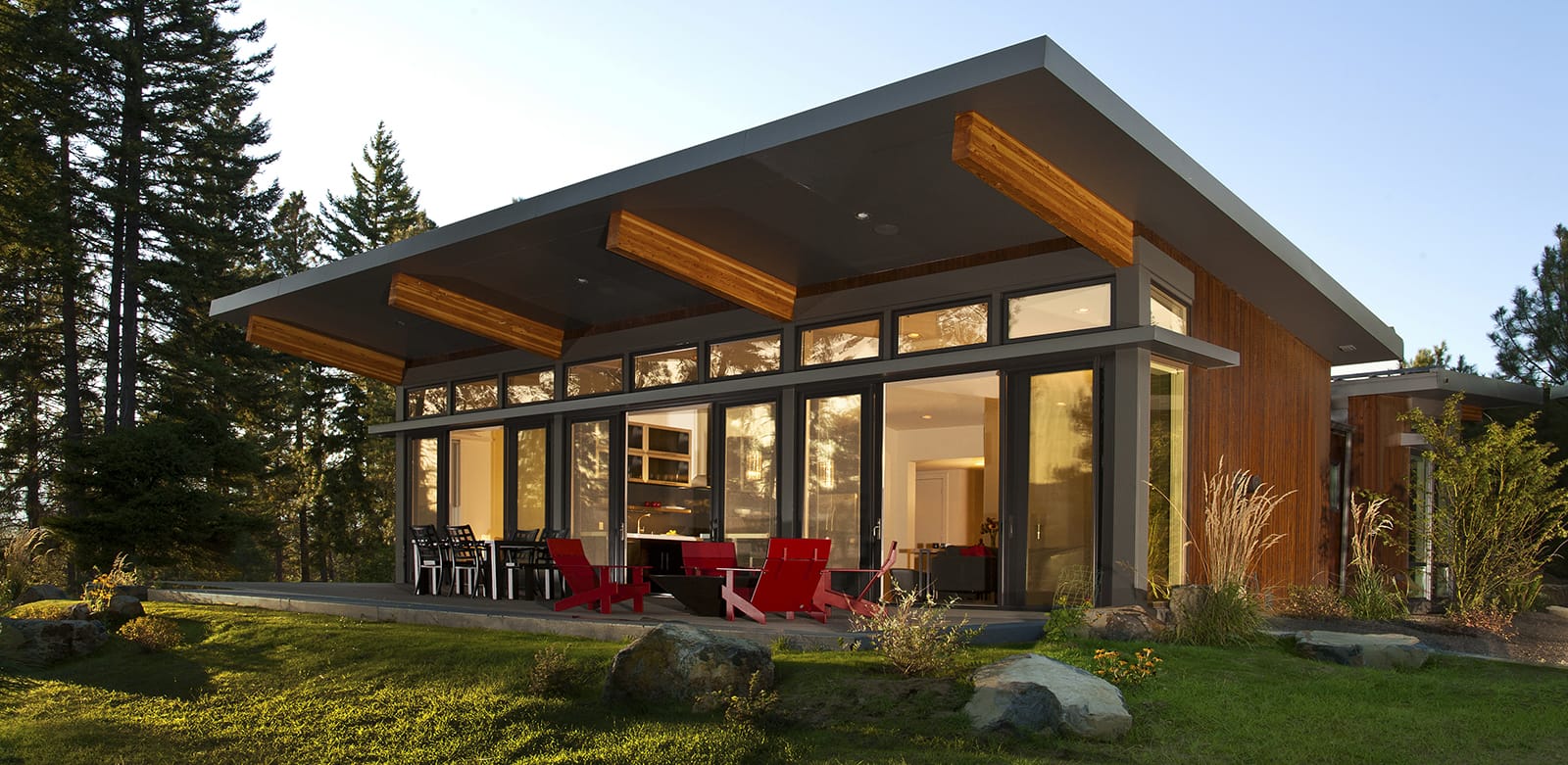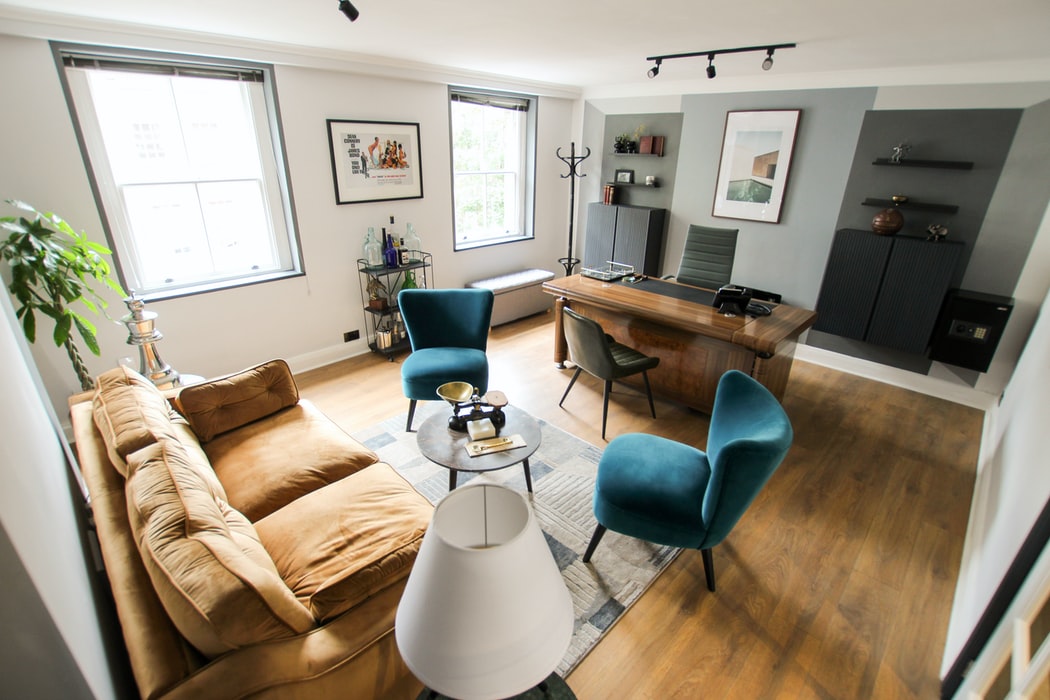6 Furnishing and Home Decoration Tips for New Parents
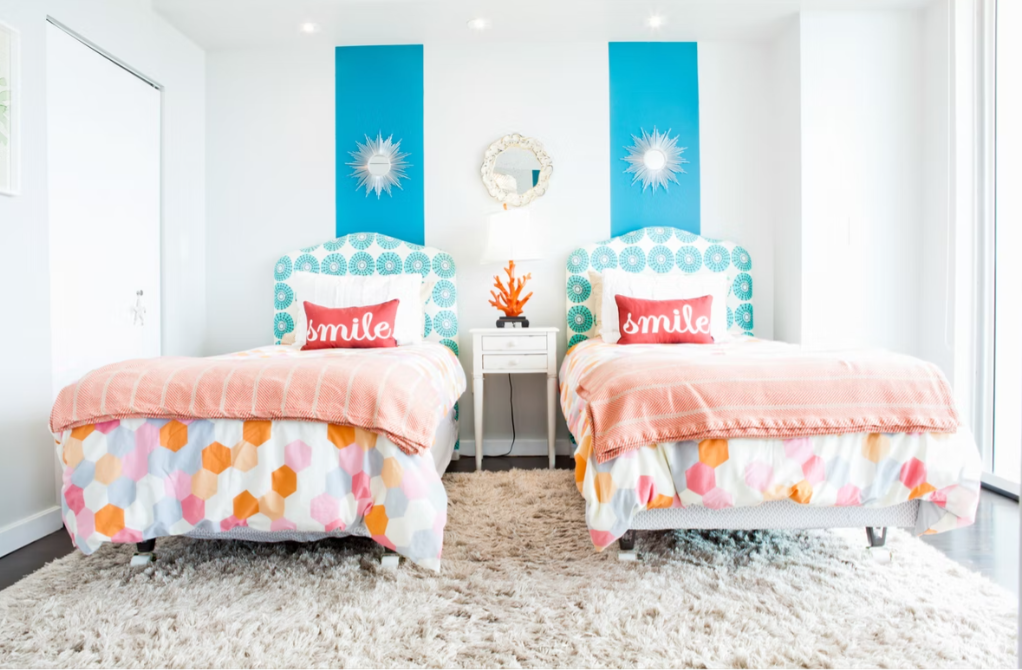
Don’t know how to decorate your kid’s room? Keep reading!

Photos By: Stock Images
Welcoming a child is an exciting event for many families. But it can also be a challenging time, especially for first-time parents. If one isn’t already familiar with the needs of a newborn baby—and if their homes are still designed with adults’ needs in mind rather than those of children—then a task like home improvement can be daunting. As a new parent, you may be worried about the financial aspects of taking care of a child in your home, like the need to buy baby furniture. You may also be anxious about attending to matters of your baby’s safety, like baby-proofing your house so that your newborn doesn’t get hurt in an accident. On top of those concerns, you may also be wondering how to keep your home clean and organized.
But as you prepare your home for your child’s arrival, remember that you don’t always need to overhaul your interiors or completely change your preferences with regard to design. The key is to make practical compromises and to find creative solutions, like upscaling your current furniture repertoire to include versatile, multipurpose pieces such as a sofa bed, and then selling your old bed frame through a trusted online marketplace. This way, you can achieve a sophisticated, functional, and child-friendly design for any space.
From the bedroom to the living room, here are six furnishing and home decoration tips that new parents will find helpful.
Separate Spaces with Rugs
It’s a good idea to designate particular spaces in your home for your baby, and one simple and practical way to do so is to lay down rugs. If your baby will stay in your bedroom, adding rugs will create a helpful visual separation between your side and your baby’s side. Also, rugs help absorb sound, making the room more peaceful when you need to tiptoe around a sleeping baby.
When choosing rug colors, avoid light ones. They’re harder to maintain with a child at home, as they make dirt, spills, and spit-ups more obvious. Instead, consider getting rugs in darker colors and interesting patterns to camouflage hard-to-remove messes.
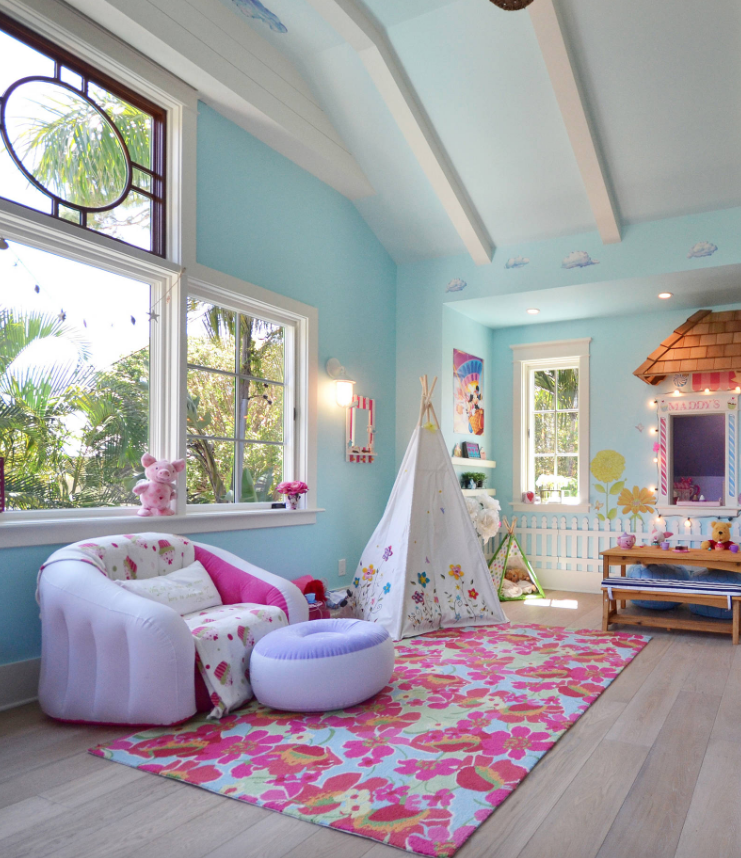
Maximize Your Current Furniture
Furniture is now very affordable, and it may be well within your range to get more pieces than you had at an earlier stage in your life. However, every piece you buy will take up space. If your home feels cramped now that you have a growing family, you may want to consider changing up the layout so that you can get more mileage out of a few versatile pieces.
For example, a dresser might be able to serve both as storage for baby’s clothes and feeding items and as your bedside table. If the dresser is low and sturdy enough, you can also maximize the piece by setting up a changing table on top. Doing so may eliminate the need to buy brand-new baby furniture and allow you to find helpful new ways to use each existing piece.
Look into Colors Other Than Pink and Blue
Traditionally, children’s rooms are decorated according to gender, with pink for girls and blue for boys. Many parents still prefer to do this, but you may want to go beyond these conventional hues. Explore other fun colors and patterns, like green and yellow. You can paint one wall in this color to serve as an accent wall, or you can choose to repaint the entire room.
You can also use a neutral palette to brighten a space and make a cozy one appear larger. Finish a baby’s room with accent pieces like rugs and throw pillows in more vibrant hues. On top of being stylish, the neutral color palette will make it easier to adapt to your child’s needs and aesthetic preferences as they grow up.
Get Soft Seating
Whether it’s in your child’s playroom or in the living room, make sure you have plenty of soft seating to accommodate the newest member of your family. Ottomans are great options, especially those that also have storage underneath for games and toys. On top of providing comfy seating, they will also make it easy to keep your space clutter-free.
For younger children, floor cushions or play mats offer a soft surface on which they can crawl and play. They also promise comfortable and flexible seating options for the entire family.
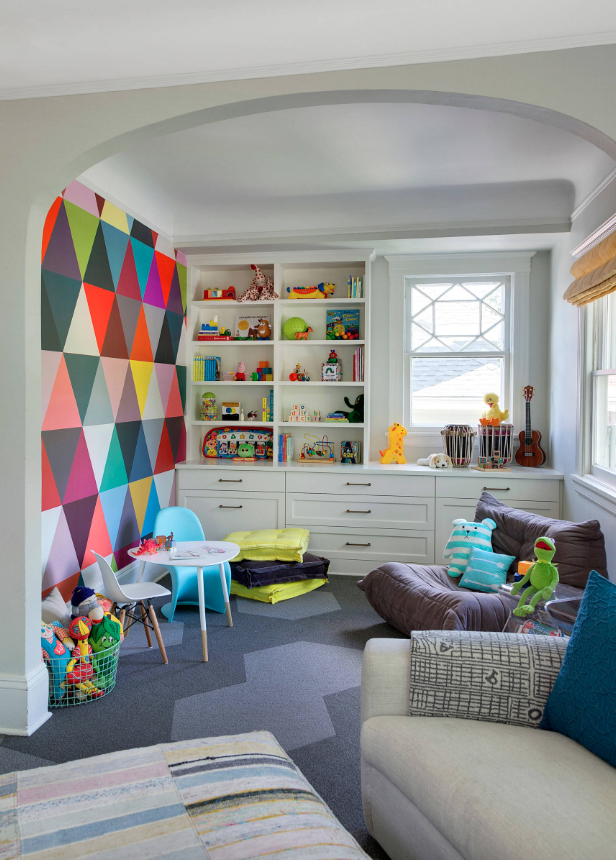
Dedicate a Space for Kids in the Living Room
The living room is a common space for your family, but it’s good to dedicate specific spots for your child. If they’re still an infant, lay out soft play mats or cushions that they can lie down on and crawl on without fear of getting hurt. It’s also a good idea to set up a designated play area where you can place all your child’s toys. This ensures the rest of the living space stays clutter-free while your kid stays entertained and safe from harm.
When your child grows up, you may want to update their spot in the living room by having a console, cubbies, or shelves where they can easily access their toys. This will also help you teach them lessons like how to clean up and organize their things once they’re done playing.
Use Children’s Books and Toys as Art
Many children’s books and toys come in colorful and interesting designs. Why not incorporate them into your home’s interior design by displaying the items like art?
Place them on shelves or dedicate one wall to your child’s books and toys. Make sure to leave some space between the items and not to overcrowd them. This design technique allows you to transform a spot and make it appear like a child-friendly gallery.
One thing you need to do when you have a new baby is to make adjustments to your home so that it can be more child-friendly. But this doesn’t always mean restricting your interior decorating options so that they’re drab, or removing beloved pieces to make way for new baby furniture.
It’s still possible to incorporate bits of your own style when designing your bedroom, living room, and child’s playroom. The furnishing and home decoration tips above can help you prepare your home for your child’s arrival, and ultimately allow you to create a space that can continue to serve your child’s needs and preferences as well as your own.


